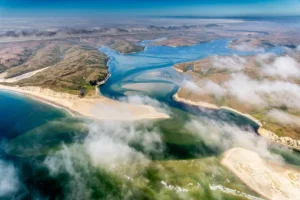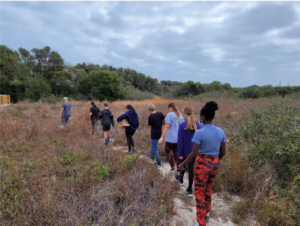April 1st, 2021

High school students around Chesapeake Bay are helping to solve the mystery of how water chemistry and oysters interact. In this webinar, Emily Rivest, Virginia Institute of Marine Science, and Bart Merrick, NOAA Environmental Science Training Center, will introduce the CSI: Oyster project, a community science initiative focused on understanding how water chemistry and other aspects of water quality affect oyster survival and growth. Where, with two high schools in Virginia and Maryland, they collected oyster and water data for one year. The speakers will share the results uncovered with their high school partners and also share the benefits of participating in this project for the students.






